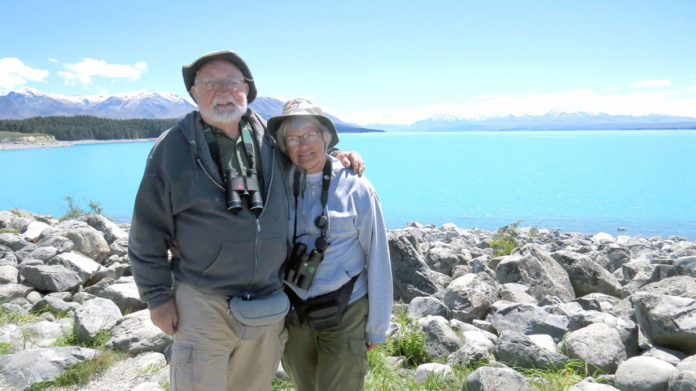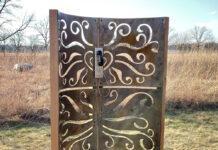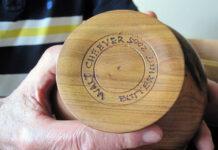Merrill and Karen Frydendall are always on the lookout for birds, from New Zealand to Panama, from Nova Scotia to Texas, and, of course, around their home in Mankato. Over the years, they have seen and identified thousands of different birds.
Merrill taught ornithology (the study of birds) for many years, and he has led countless bird walks. This has earned him a reputation as the “bird man”—the go-to guy for anyone who has a question about birds.
“I used to get a lot of phone calls in the spring, when birds were migrating,” Merrill said.
It was winter, though, when he received a call from a Mankatoan who was vacationing in California. She wanted to know the identity of an unusual bird in her sister-in-law’s yard. Merrill identified the bird by her description, the sister-in-law looked up the bird in an encyclopedia and the riddle was solved—just one more example of Merrill’s impressive knowledge of all things birds.

Studying his passion
Merrill became interested in wildlife while growing up in Kansas. At Fort Hays State University (FASU), he earned a bachelor’s degree in physical education and a master’s in zoology. He met Karen when he was a graduate student and she was a 16-year-old freshman working as the secretary to his professor. They had only three dates before he was drafted into the U.S. Army for two years.
When Merrill returned to Kansas, he married Karen at the beginning of her senior year at the university. That year, she completed a bachelor’s degree in elementary education and English; meanwhile, he completed his master’s degree in zoology, and they welcomed their first baby. Then Merrill taught biology for two years at Hays High School.
When one of his former professors suggested that Merrill get a Ph.D., he enrolled at Utah State University in Logan, where he chose to study the eating behavior and territorial behavior of the yellow warbler.
I banded each bird, checked each bird daily and followed a detailed analysis procedure for two years before writing the dissertation. Patience is high on my list of qualities.Merrill Frydendall
“I wanted to learn if the food the birds utilized affected the size of their territory,” he said. “It does not. I banded each bird, checked each bird daily and followed a detailed analysis procedure for two years before writing the dissertation. Patience is high on my list of qualities.”
After Merrill earned his Ph.D. in 1996, the family moved to Mankato, where he taught biology at Mankato State College (now Minnesota State University-Mankato) and Karen obtained a master’s degree in library media education.
“My second year there, I began teaching ornithology—the anatomy, physiology and behavior of birds,” Merrill recalled. “It was an upper division course, and I had a lot of students, not biology majors, who took it just because they were interested.”
The class included spring field trips, going out in the field twice a week with students from 6:30 a.m. to 11 a.m.
“I’ve never added up the birds we saw, but on walks during spring migration, I know we saw more than 80 different birds in one morning,” Merrill said.
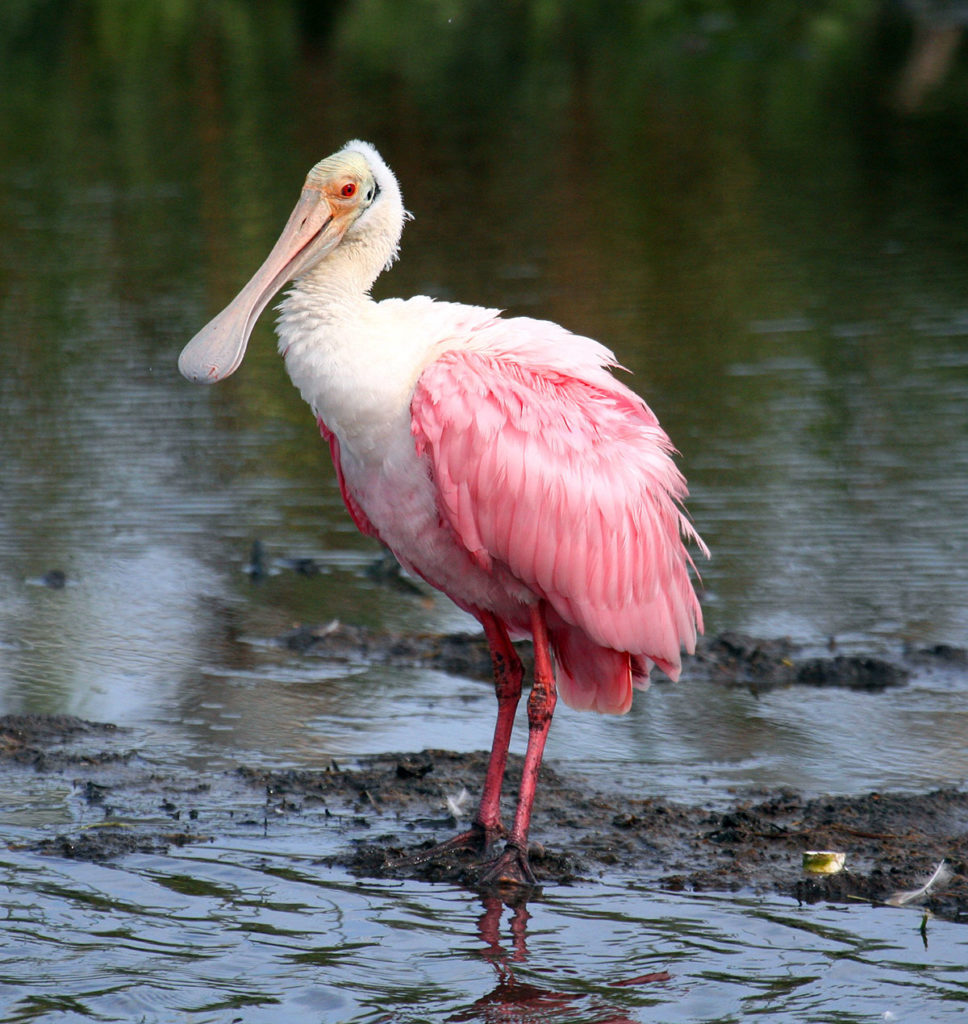
Sharing his love with others
In 1979, Merrill organized and directed the Christmas Bird Count in the Mankato area, an ongoing effort that he has since handed off to Bethany Lutheran College professor Chad Hines. Participants show up year after year, in all kinds of weather, to devote an entire Saturday to counting birds. While most of the birds are common, there are surprising birds, as well as often entirely new ones, increasing the cumulative list.
Merrill founded the Mankato Bird Club in 1980, with members recruited from a group of people he already had asked to count the varieties of birds that came to their feeders. He began leading bird walks several times a month, continuing through fall migration. The group, which lasted for 30 years, built 50 bluebird houses on the prairie portion of Minneopa State Park, with Merrill walking the Bluebird Trail weekly, March through early August. He recorded nest activity and banded each baby bluebird with U.S. Fish and Wildlife bands. He also banded chickadees, tree swallows and house wrens that had taken advantage of the hospitality.
I’ve never added up the birds we saw, but on walks during spring migration, I know we saw more than 80 different birds in one morning.Merrill Frydendall
Merrill is a member of the National Audubon Society and a past president of the Minnesota Ornithologists’ Union. For 50 years, he has done the early morning official breeding bird census for the U.S. Fish and Wildlife Service, with Karen recording the information.
“I count the birds for three minutes in one location—those I’ve seen and heard—and then go a half mile, stop again and do the same thing,” Merrill said. “After 50 stops, then we have breakfast at 9 a.m. in Blooming Prairie.”
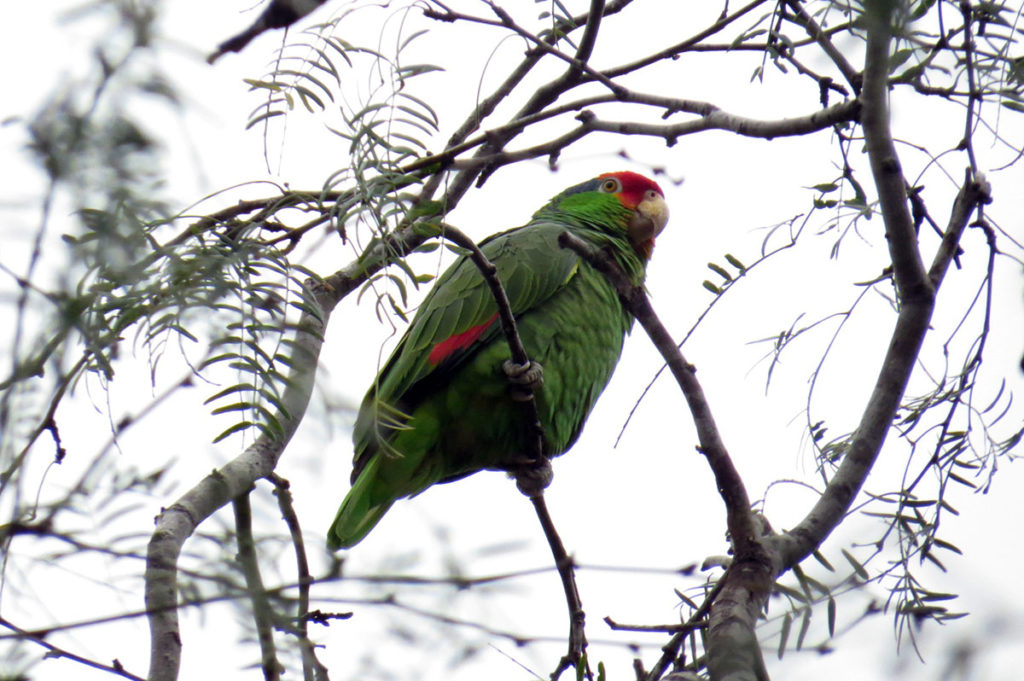
He has received the Thomas Sadler Roberts state award for his birding work in Minnesota.
For many years, Merrill has led a May bird-banding event at Minneopa State Park. He and other volunteers prepare mist nets on Friday evening, and on Saturday morning Merrill sets them up and bands any bird that flies into them (unhurt, of course). He takes the birds to the picnic area to band them before an admiring group of watchers. Children get a special treat when Merrill “hypnotizes” a bird by rubbing its belly until it’s quiet. He then lays it on a child’s open palm. There are many “oohs” and “ahhs” when the bird “awakens,” turns over and takes flight.
The next fall, I went to Hawk Ridge near Duluth, walked a few birding trails—and I was hooked.Karen Frydendall
Meanwhile, Karen’s interest in birding grew gradually.
“Merrill was taking his classes out on bird walks, but didn’t talk much about it,” she said. “One day, I saw from my window a beautiful bird in my back yard. I looked it up in one of Merrill’s books and learned it was a Cape May warbler. The next fall, I went to Hawk Ridge near Duluth, walked a few birding trails—and I was hooked.”
Tripping over birds
In 1982, the Frydendalls began taking regular birding trips to diverse locations. In Rockport, Texas that year, they saw wintering whooping cranes at Aransas National Wildlife Refuge. This led Merrill to offer a Rockport birding trip to his students.
On a 1985 sabbatical trip to Hawaii, the Frydendalls saw a jungle fowl (similar to a rooster) eating a smashed coconut. This trip resulted in Merrill leading a class to study birds in Hawaii. Later that year, the Frydendalls went to the Florida Panhandle, where they saw the endangered cockaded woodpecker, a white great blue heron and a (non-avian) white squirrel.
Not everyone is lucky enough to see [the bird], but we did. It was worth spending the next day sick in bed, as I did, because of the heat and not drinking enough water.Karen Frydendall
Some birds, such as the colima warbler, can be seen in only one location. When the Frydendalls went in search of it at Big Bend National Park, Texas, they began early in the day to avoid the heat. They climbed a mountain with a guide for a couple of hours, ate lunch, saw the warbler, then spent a couple more hours going back down.
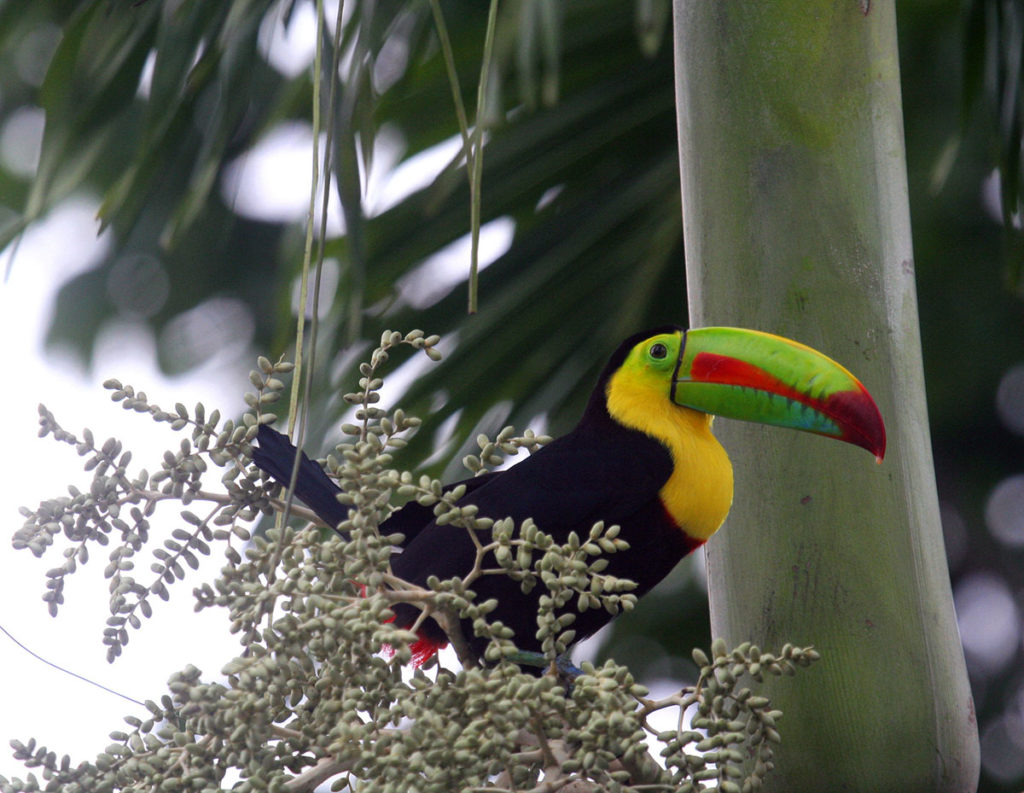
“Not everyone is lucky enough to see it, but we did,” Karen said. “It was worth spending the next day sick in bed, as I did, because of the heat and not drinking enough water.”
Since Merrill retired from teaching in 1998, he and Karen bought an RV and began spending winters in Arizona, Florida and Texas, always birding. They also began going on Elderhostel (later Road Scholar) trips. Their first such trip was to Brazos, Texas, where they studied not only birding, but also seashells and photography. Since then, they have gone to numerous locations in search of various bird species. Karen recalled that on a trip to Bermuda, they waited “well into dusk one evening for a Bermuda Petrel to show up. Merrill swears he saw it, but I didn’t.”
Another trip offered the opportunity to see the migration of the sandhill cranes at Kearney, Neb.
“The cranes eat snails and newly growing volunteer ‘crops,’ which the farmers appreciate,” Karen explained. “At dusk, hundreds of cranes gathered on sand bars in the Platte River, safe from predators. Before dawn, we watched the cranes leave the island—first one, then two or three more, then the whole flock arose en masse for another day of cleaning fields and finding mates.”
On a trip to southeastern Arizona, the Frydendalls saw the painted redstart—though they unfortunately have nothing to remember it by except their memories.
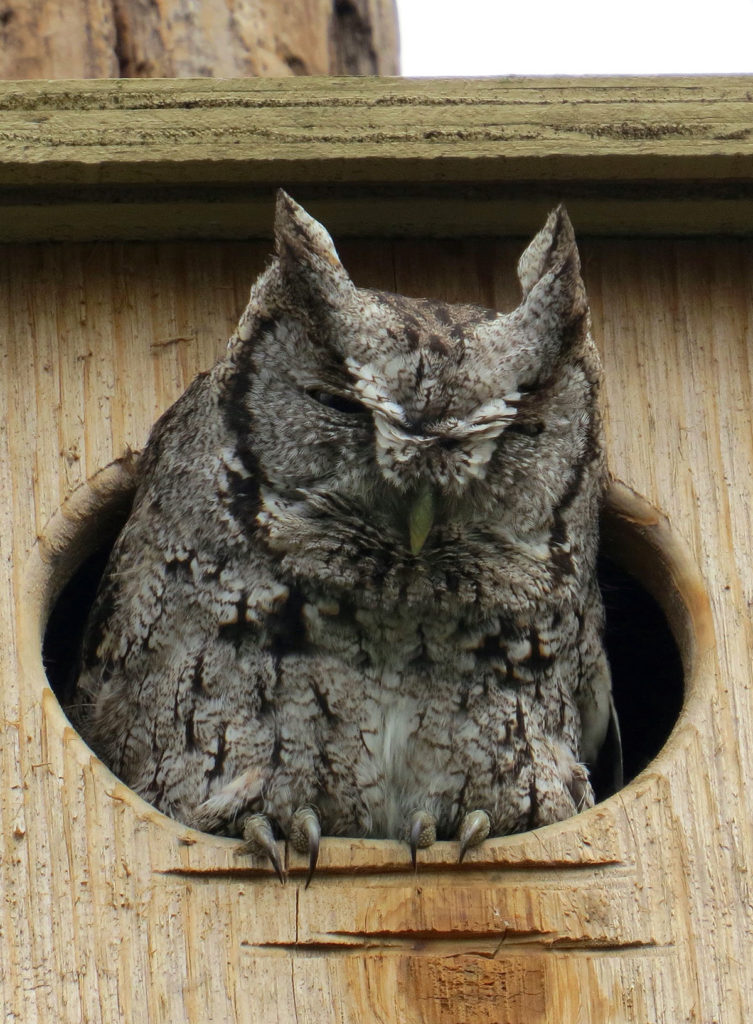
“Merrill used a whole roll of film on this astounding bird, then discovered that the film had not advanced in the camera,” Karen said ruefully. “So, no pictures, but a wonderful place!”
The Frydendalls said they feel privileged to have opportunities to go birding in so many interesting locations. In 2012, they took a trip to Panama to see hawks flying south in migration.
Merrill used a whole roll of film on this astounding bird, then discovered that the film had not advanced in the camera. So, no pictures, but a wonderful place!Karen Frydendall
“It was rainy, and hawks don’t fly in the rain,” Karen said. “We left the hawk watching and birded elsewhere. We saw 210 species; Merrill saw 33 life birds, and I saw 27.” (A life bird is a species of bird that the birder has not seen before in his or her life.)
A trip to Monterey, Calif. in 2014 provided stupendous birding locations, where Karen got to see a longed-for tri-colored blackbird. Two years later, the couple was birding in New Zealand where, Karen said, “The people were exceedingly friendly and the islands exceedingly hilly. The government is very concerned with preserving species. We did not see a kiwi (the national bird), though we tried very hard to do so. I did spot a Morepork owl and was told it was the first one ever seen on an Elderhostel trip.”
The couple now winters regularly in Texas, where they have counted 351 bird species thus far.
This article first appeared in Senior Perspective magazine.

